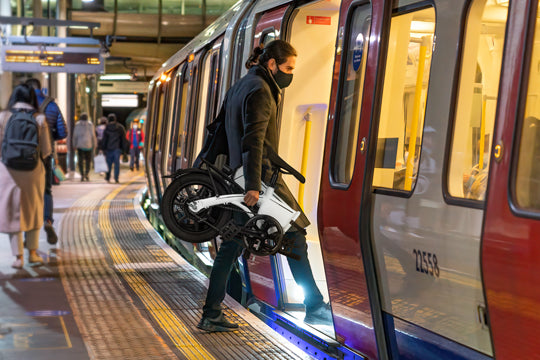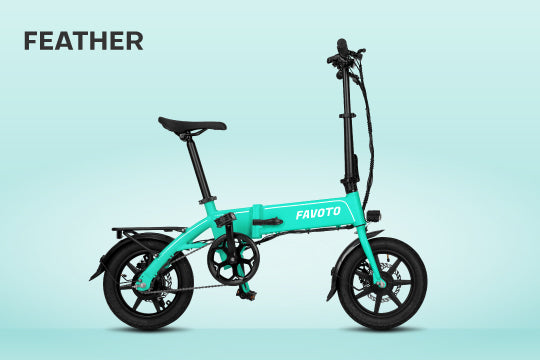The Difference between Class 1, 2& 3 Electric Bike
As of January 2023, 40 states (Alabama, Arizona, Arkansas, California, Colorado, Connecticut, Delaware, Florida, Georgia, Idaho, Illinois, Indiana, Iowa, Kansas, Louisiana, Maine, Maryland, Massachusetts, Michigan, Minnesota, Mississippi, Missouri, Nevada, New Hampshire, New Jersey, New Mexico, New York, North Dakota, Ohio, Oklahoma, South Dakota, Tennessee, Texas, Utah, Vermont, Virginia, Washington, West Virginia, Wisconsin, and Wyoming) had passed laws that define 3 classes of electric bicycles in their traffic statutes.
ELECTRIC BICYCLE RULES FOR THE ROAD

|
|
» States that have enacted PeopleForBikes’ model law, which defines and regulates 3 classes of electric bicycles within states’ motor vehicle codes give riderssimilar rights and duties to that of the traditional bicycleriders. |
|
|
» Regulated as a bicycle » Passengers allowed » No age minimum » No licensing or registration required » Can use existing bike infrastructure |
|
|
» Regulated as a moped or motor vehicle » Confusing equipment + use requirements » Confusing licensing + registration requirements » Confusing access to bike infrastructure |
These 3 classes determine factors such as maximum speed and assistance levels provided by the electric motor. So it's important to understand the differences between Class 1, Class 2, and Class 3 electric bikes to help you understand their features and choose the right one for your needs. Make sure your vehicle complies with local codes and regulations.

Class 1 E-Bikes:
Class 1 electric bikes provide pedal assistance only and the max speed reaches 20 mph. They do not have a motor-powe throttle. The class 1 e-bikes are a great choice for riders who prefer a traditional cycling experience with a boost. Class 1 electric bike traffic rules are basically the same as those for traditional bicycles.
Class 2 E-Bikes:
Class 2 electric bikes have 3 ride models. Except for the traditional bicycle model, also have pedal assistance and throttle assistance up to 20 mph. Favoto are all class 2 electric bikes. They can be propelled by an electric motor without the need for pedaling. It's more convenient for those people who may want to rely more on motor power. However, it's important to note that the Class 2 e-bikes may be restricted on certain trails, and regulations may vary by region. So it's advisable to check local laws before riding.
Class 3 E-Bikes:
Class 3 electric bikes only have pedal assistance and the speed can be up to 28 mph. Similar to Class 1 e-bikes, electric assistance is available only while pedaling. However, they may have certain restrictions in some areas and may not be allowed on certain trails or bike paths.
Understanding the distinctions between Class 1, Class 2, and Class 3 electric bikes is essential when choosing the right e-bike for your needs. Choose different grades of electric bicycles according to your needs. At the same time, before riding, check the local traffic laws and regulations, and travel according to the regulations.
To learn more about policies and laws and regulations about electric bikes visit Policies & Laws

 Model Legislation
Model Legislation Acceptable
Acceptable Problematic
Problematic


